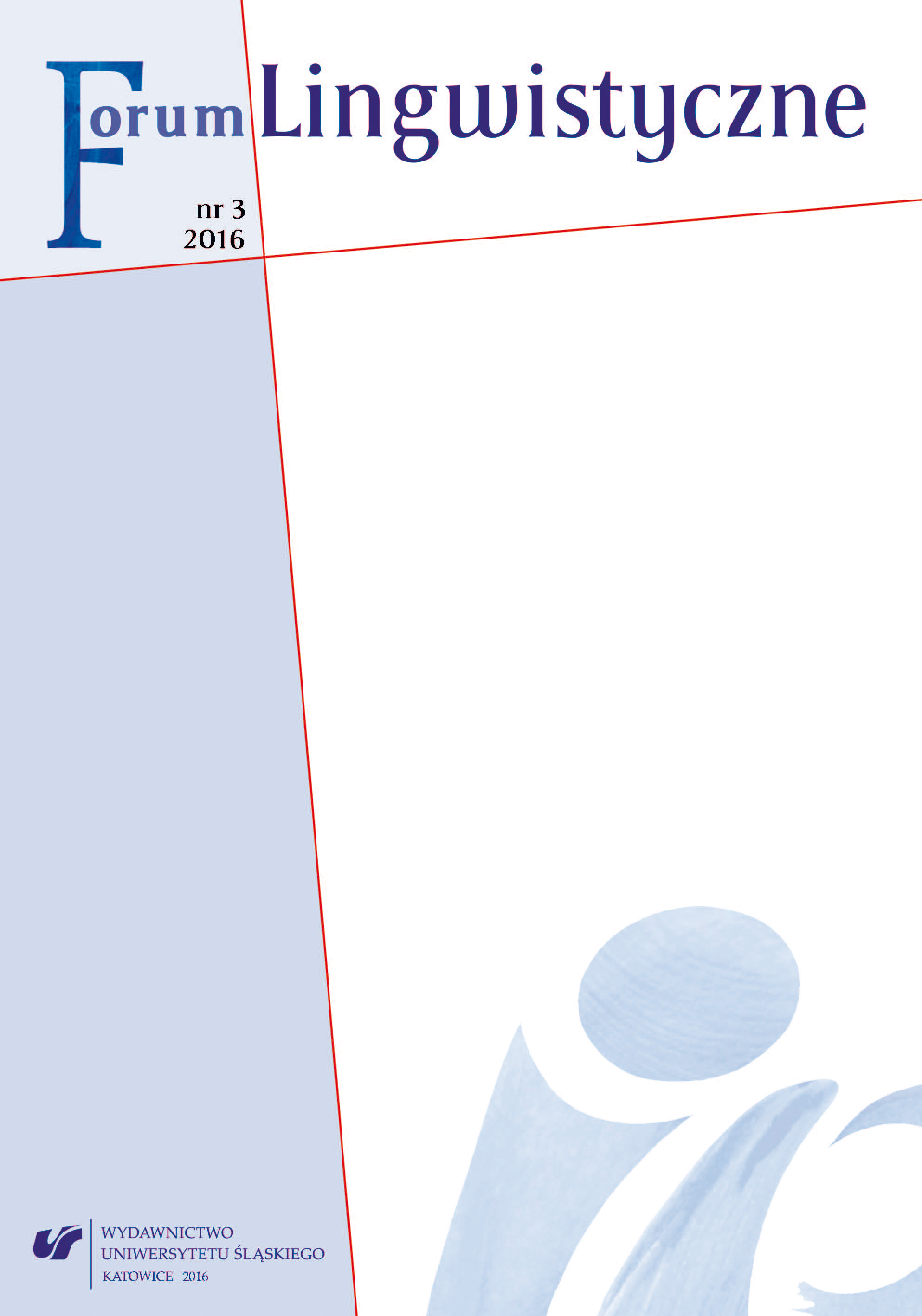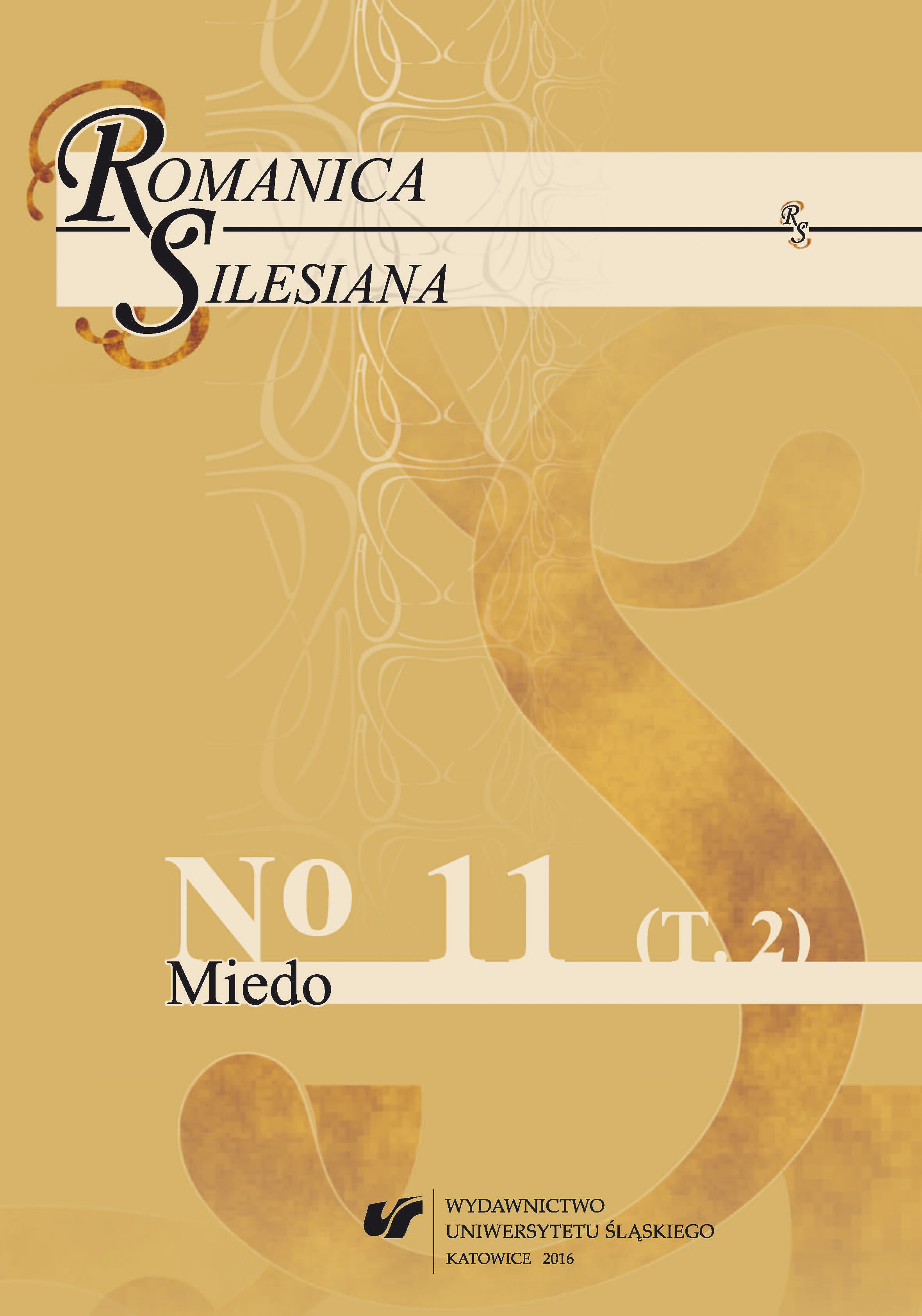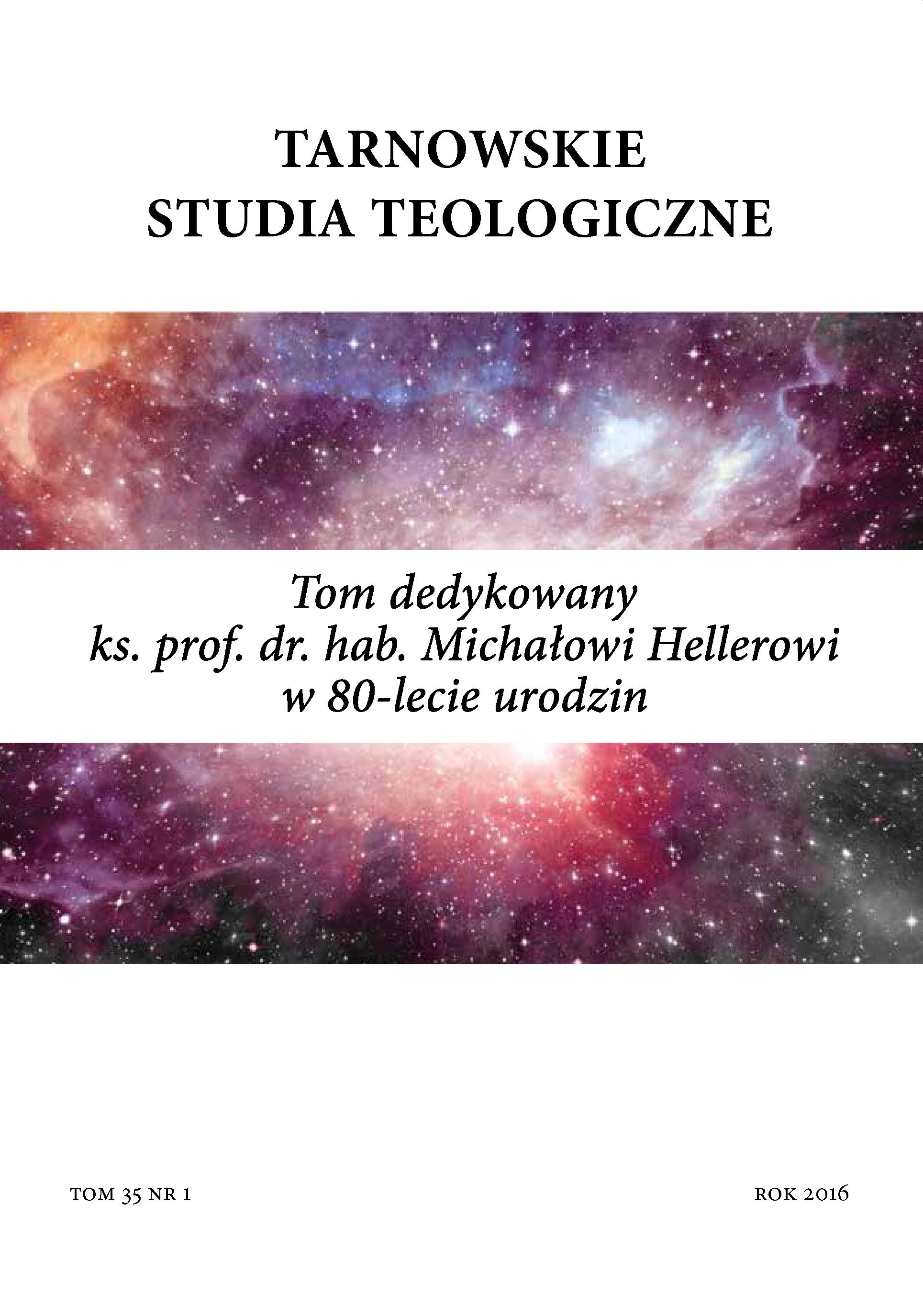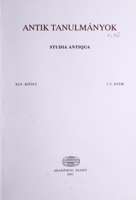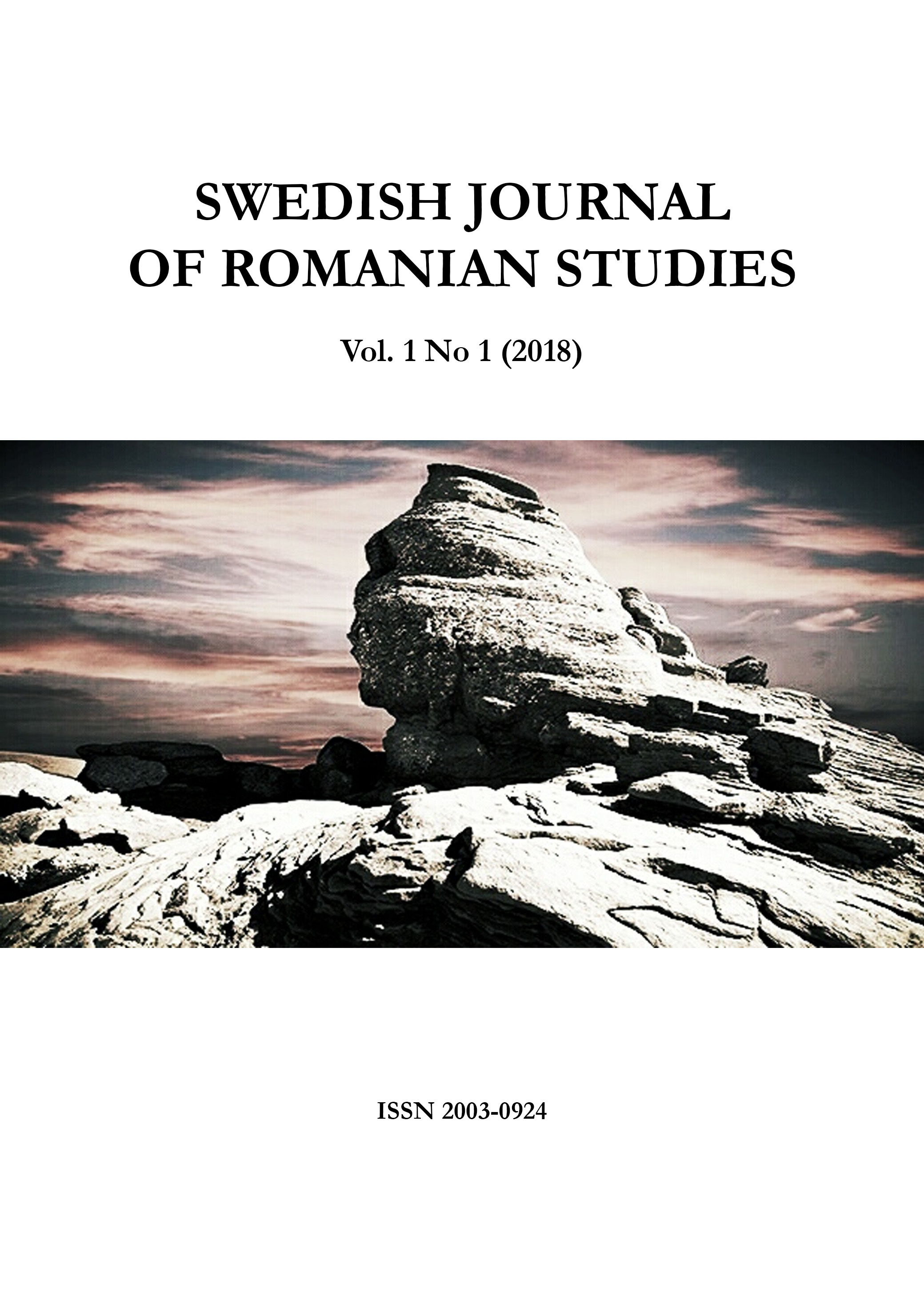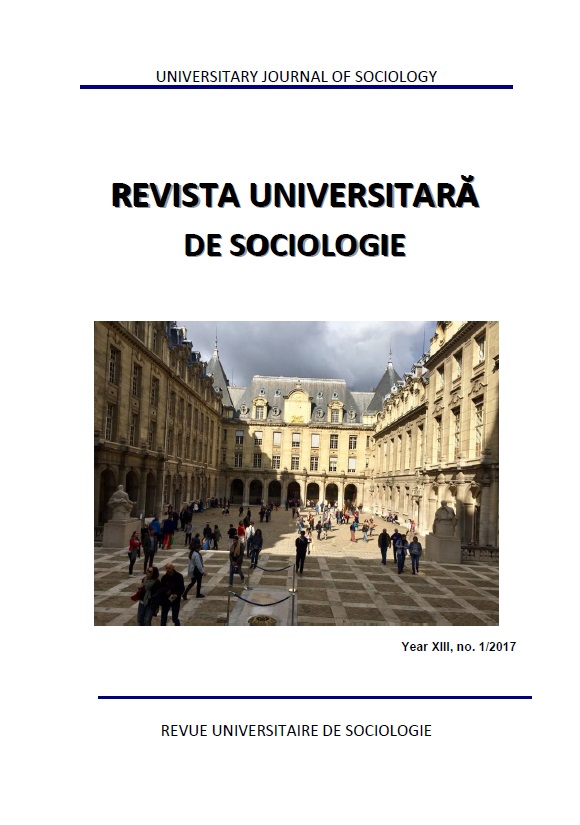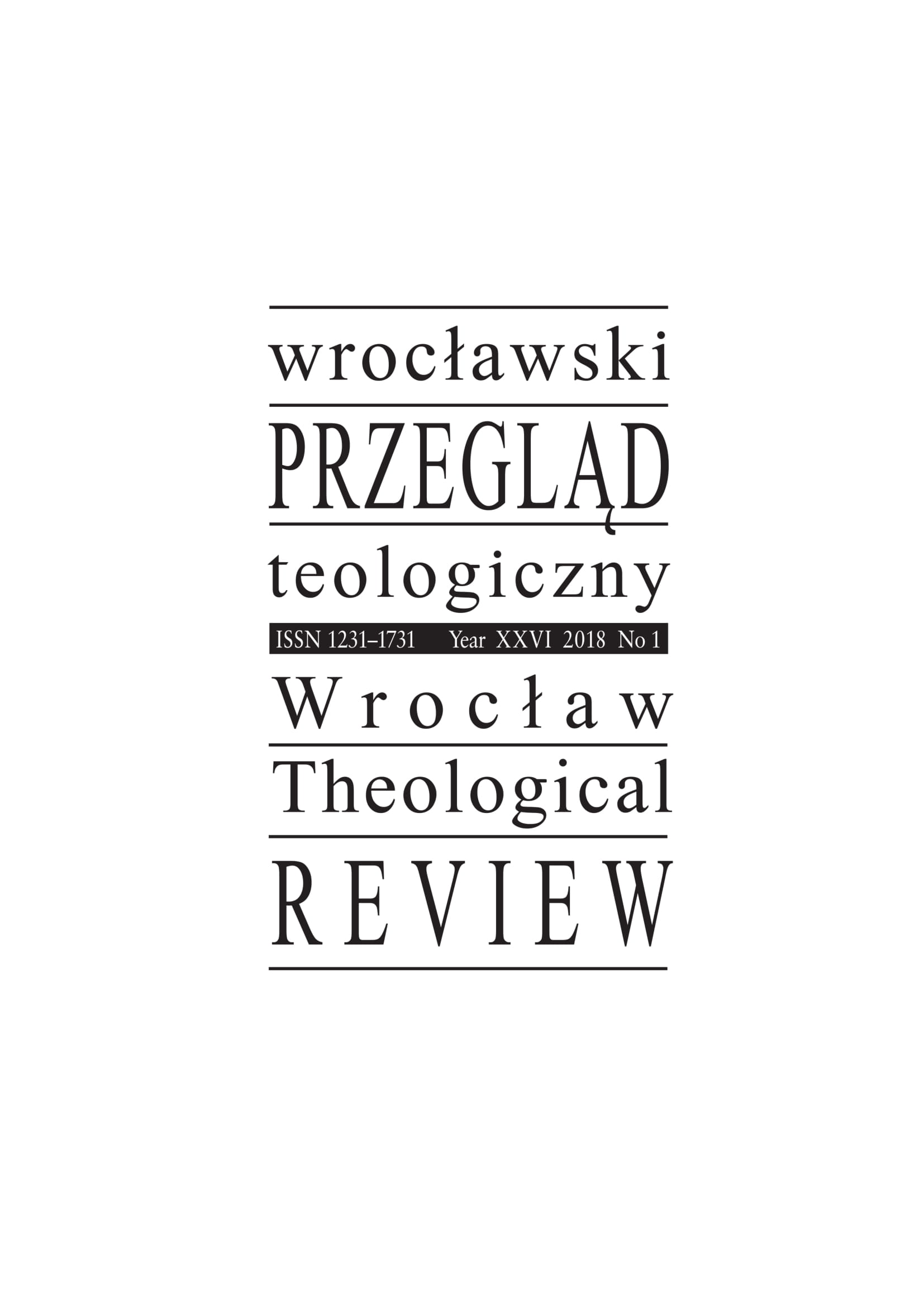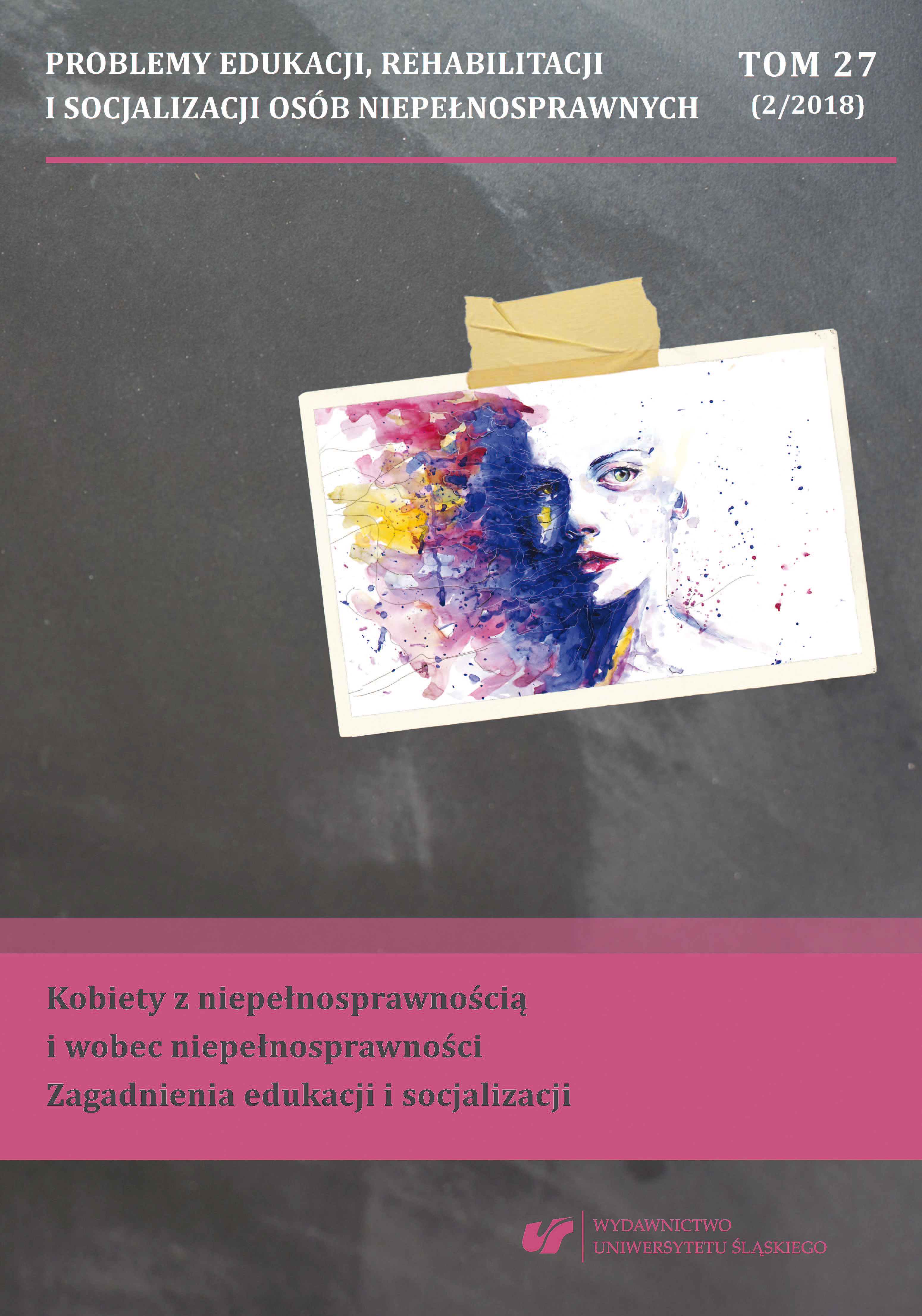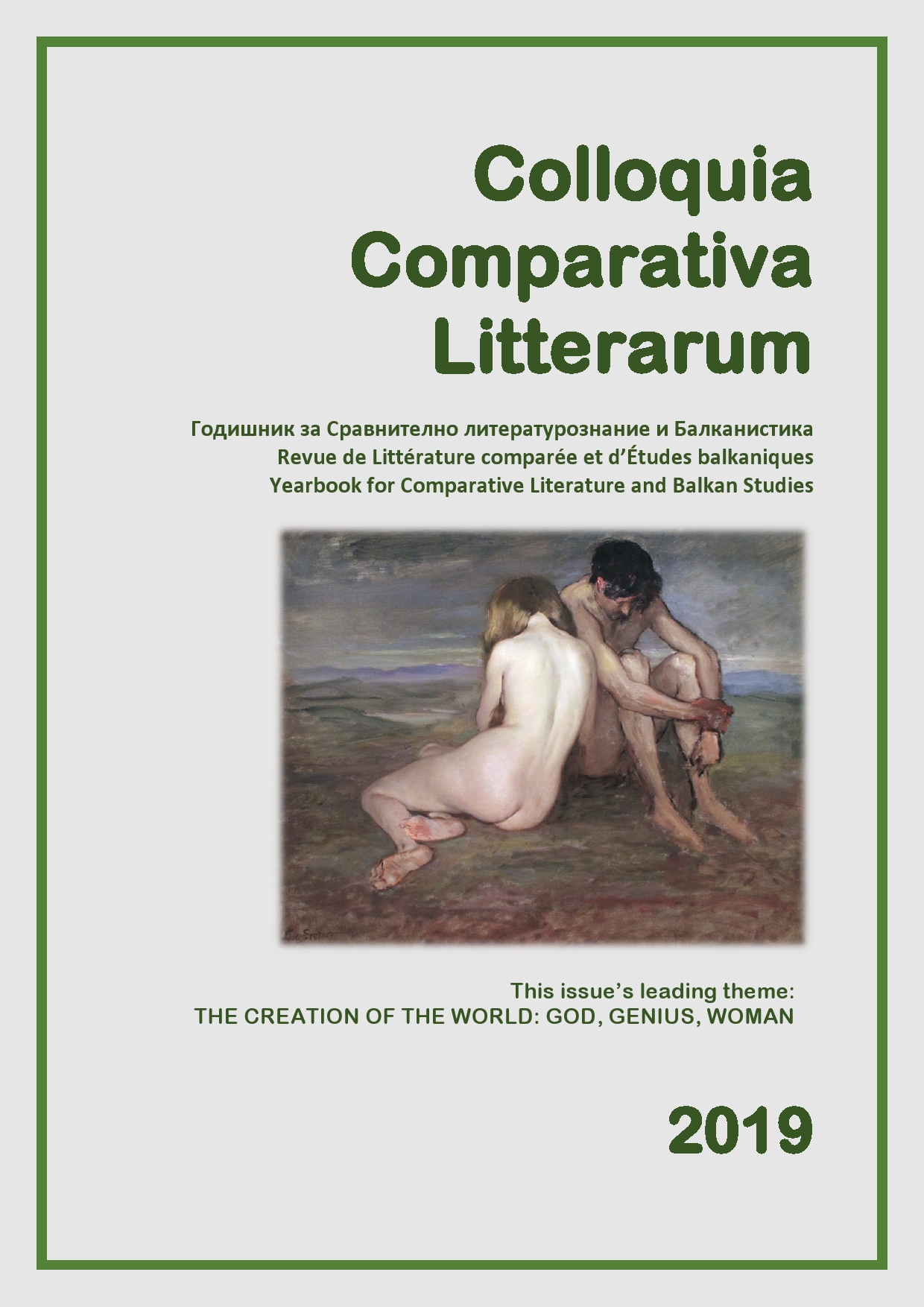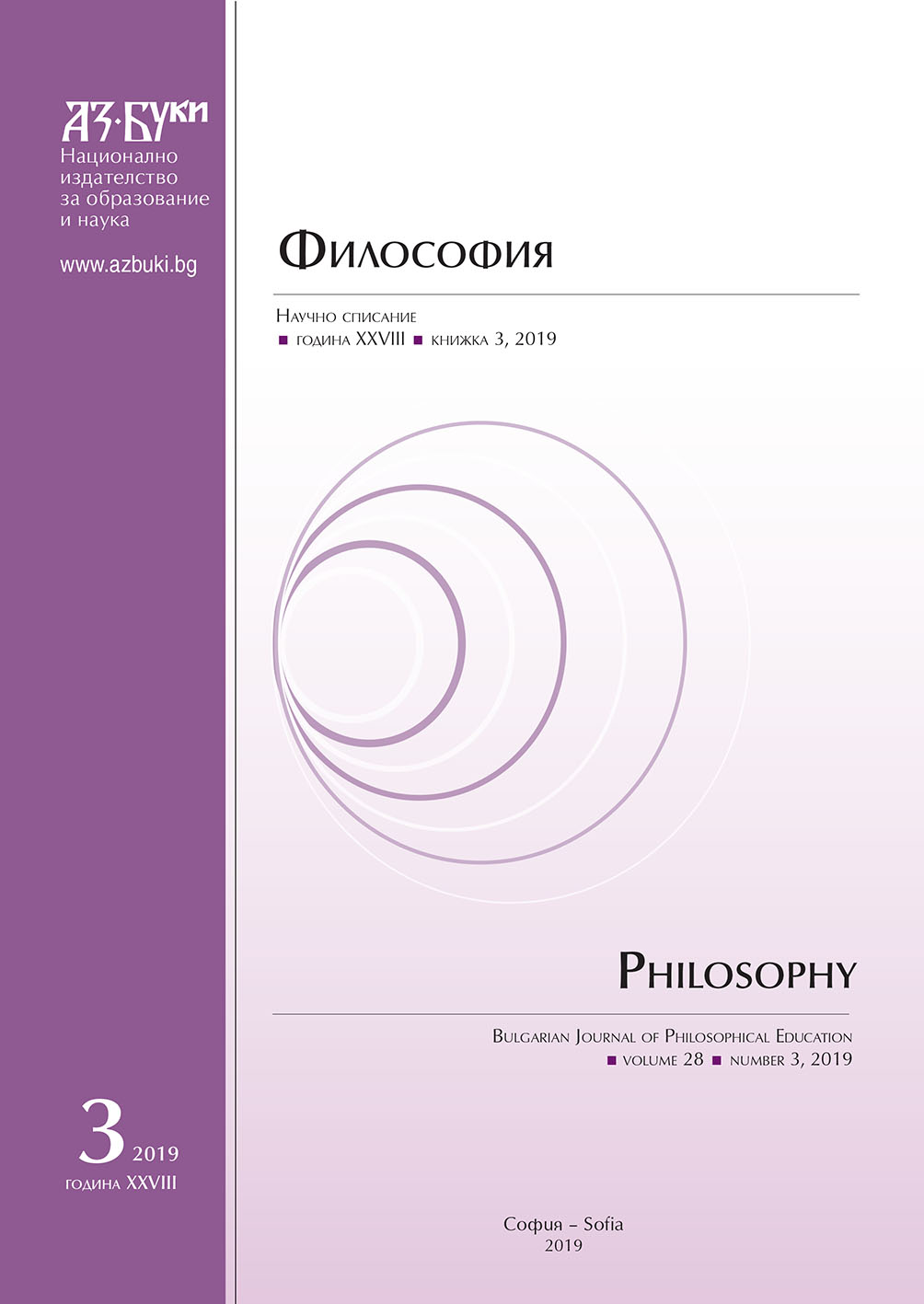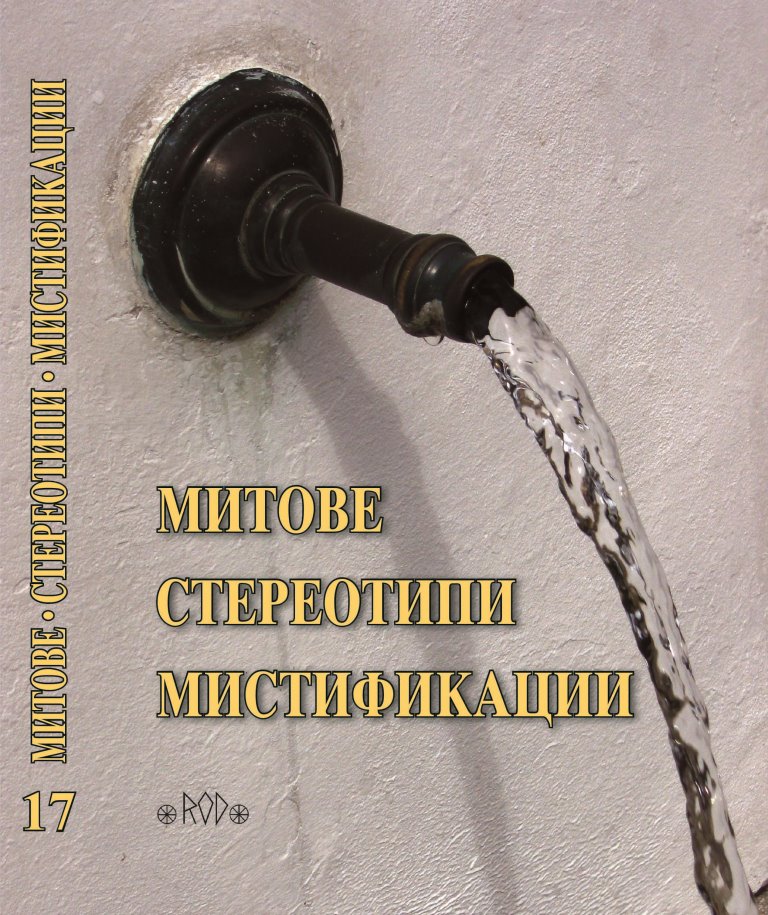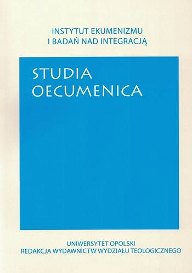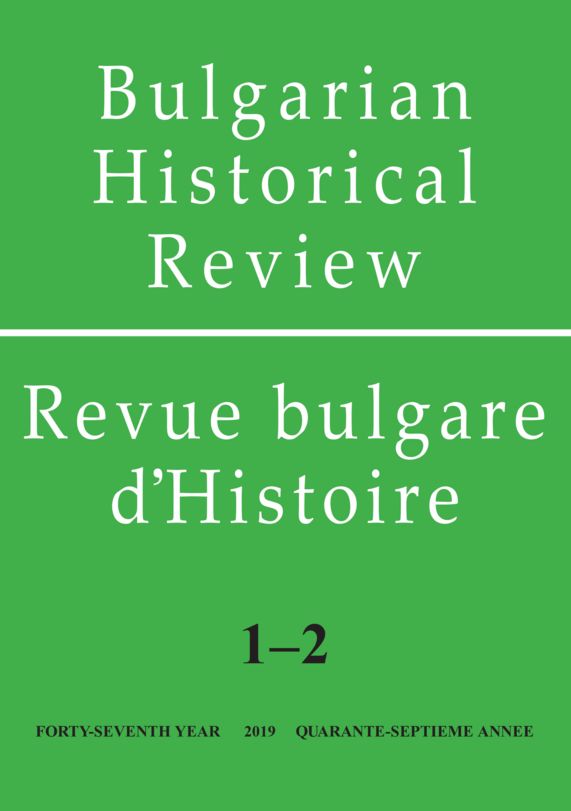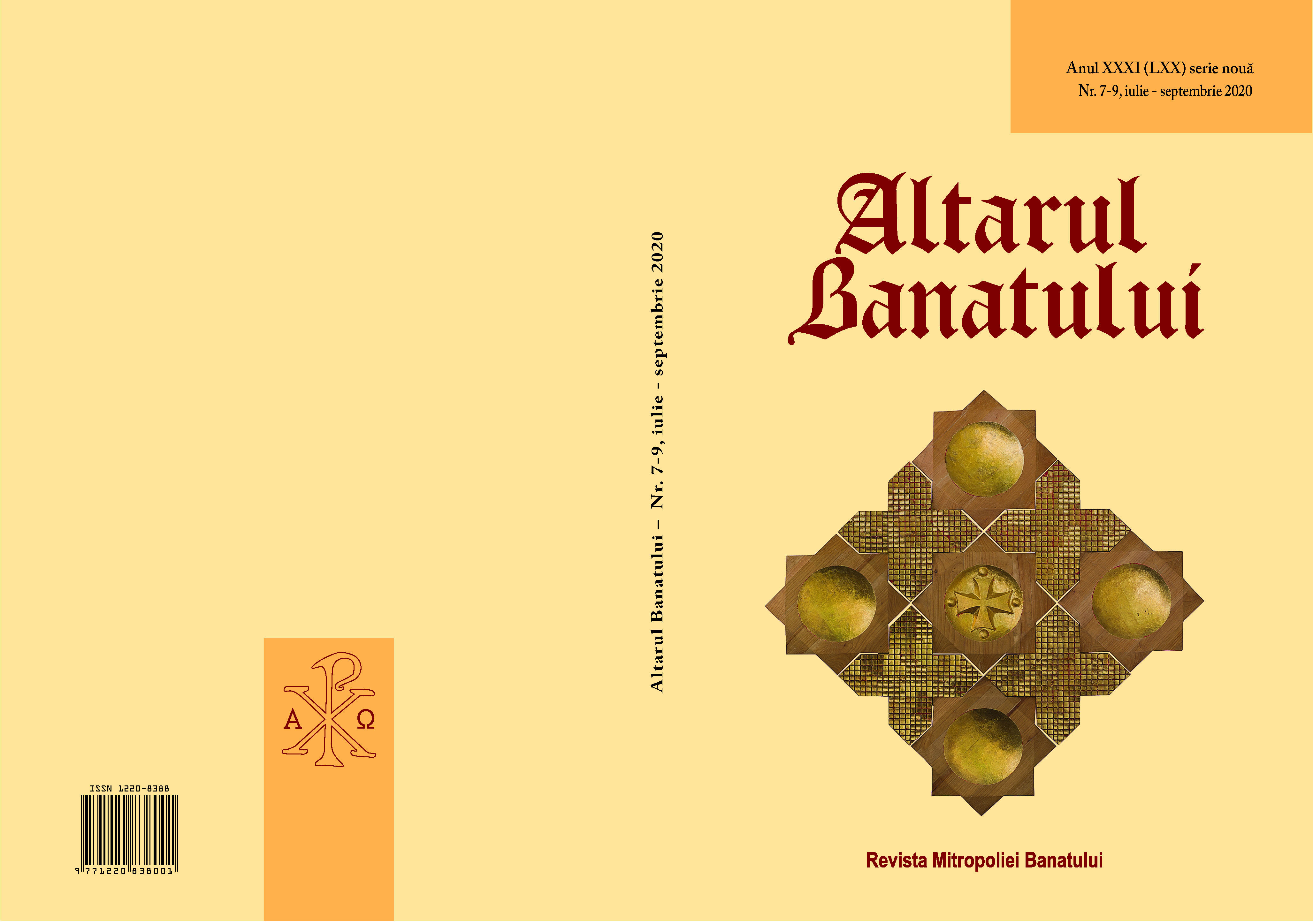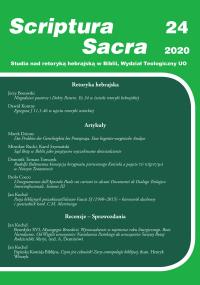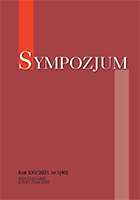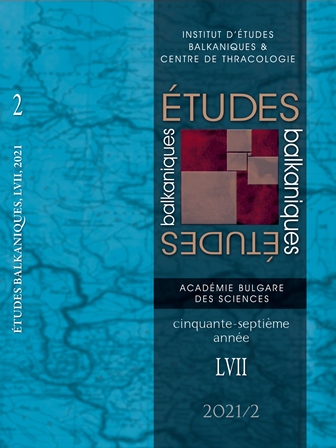СОЛНЕЧНЫЕ И ЛУННЫЕ ГАЛО В САКРАЛЬНОЙ КАРТИНЕ МИРА ВОСТОЧНЫХ СЛАВЯН XI – XIII ВВ.
The paper reconstructs the place and role of solar and lunar optical phenomena in the sacral picture of the universe by the Eastern Slavic society during the pre-Mongol period. The written and folk interpretation of halo traditions, solar and lunar shine is analyzed. The views on atmospheric diffraction phenomena as weather signs and omens of political changes are also investigated. The people of Old Rus’ believed that simple halos defined weather changes. At the same time, complex halos predicted victory or political crises and signified holiness of the deceased person. The common mind connected the sacred solar and lunar halos with the figure of prince and (in the Christian era) saint pretenders. The folklore also associated the phenomenon of halo with the special solar and lunar sacred activities. The literary presentations of complex halos could reflect the biblical semantics of light and glow as heavenly fire and evidence of the glory of God.
More...
